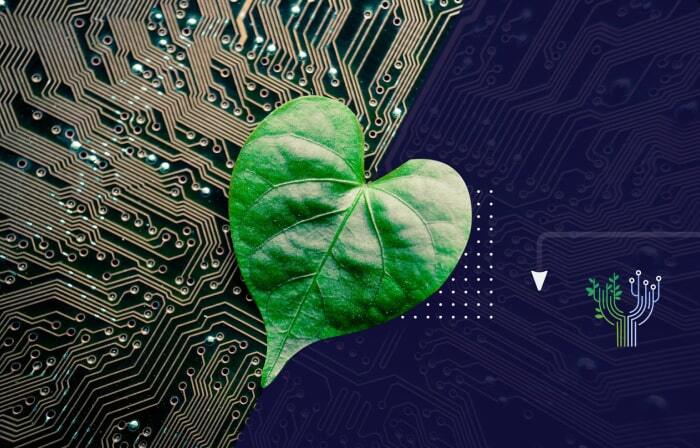Green Information Technology is the initiative of building and utilizing environmentally friendly and sustainable computing services. It is now a global concern because the world has quickly shifted to the digital realm, making it a major contributor to the world’s CO2 emissions. In 2020, it was shown to account for 7% of electricity usage worldwide. Hence, deliberate efforts have to be made to limit its impact on the environment.
This initiative was birthed in 1992 by the United States Environmental Protection Agency. It established Energy Star, a label that recognizes products that offer optimal energy efficiency. Later on, the same organization developed the Electronic Product Environment Assessment Tool standard and a product registry that helps to identify environmentally friendly products. All these efforts were aimed at encouraging the design, manufacture, operation, and disposal of IT-related products in a conducive way.
The gambling industry is a notable industry that has rapidly shifted its focus online. Online gambling breaks the barrier that prevents many potential punters from playing their favorite slots and casino games.
At spin city, you can access all these games and enjoy an exemplary user experience in the comfort of your house or car. However, the IT resources for such a development are significant, hence the need for this initiative.
Why Green IT?

The emphasis and resources that have been channeled to Green IT show why it is so important. Climate change is a global concern and is associated with other things that could threaten the survival of human beings and animals. It is threatening food security and could result in other natural calamities. Let us explore the benefits of this initiative:
- Emphasis on recycling. Green IT promotes the reusing, refurbishing, and recycling of computing equipment and accessories as opposed to dumping. This reduces the environmental impact of the latter.
- Reduced global warming. Global warming results from increased carbon emissions, and the IT industry is responsible for a huge percentage of it. With green IT, the goal of decreasing emissions by 7.6% annually can easily be achieved.
- Reduced operational costs. The energy requirements for most IT industries are quite high. Green IT aims to promote the development of energy-efficient products that will reduce the costs involved. It also promotes the use of alternative sources of energy, such as wind and hydro, which are friendlier.
- Better reputation. Green IT programs assess companies for their use of environmentally friendly processes. There is environmental, social, and governance (ESG) where companies that rank highly tend to attract more clients. This gives them a competitive edge and could encourage the non-compliant ones to follow suit.
- Compliance. Environmental Impact Assessments are all part of compliance, so good ratings promoted by green IT, fosters this.
These are the main reasons why green IT is a priority. It could be costly to implement and may face hurdles, but serious organizations must all comply for the well-being of the future.
Sustainable Practices in IT
Certain practices have shown the willingness to uphold green IT in various industries. Here are some of the most popularly used:
- Increased energy efficiency. The main energy consumers in IT include data centers, telecommunication networks, and user devices. Energy-efficient devices are usually costlier, but there has been a willingness to invest in them for the sake of green IT. This has been promoted by ESG reporting, where energy-efficient companies tend to boost their reputability. One prominent way is the use of Energy Star-Labeled devices that have optimal power efficiency. Recent advancements like machine learning and artificial intelligence need more energy resources but there are efforts to make them more efficient.
- Cloud computing. Cloud computing reduces the reliance on huge physical servers that consume a lot of energy. It allows data and information to be stored virtually over the internet, thus promoting shared resource utilization. The cloud also allows for scalability without requiring more hardware.
- Renewable energy sources. There has been a focus on the use of green energy sources such as wind and hydroelectric power. They are renewable and produce less hazardous emissions to the environment.
- Software development. All hardware runs efficiently because of their software. Companies are investing in designing fantastic software that requires less space and energy consumption and increases the lifespan of the devices. This is done by refining code and incorporating efficient algorithms that reduce energy demands.
- Focus on recycling. Waste management is a key area of focus in green IT. A significant percentage of pollution from this industry results from the irresponsible disposal of waste. There has been an emphasis on recycling old devices and proper disposal of waste that cannot be reused.
All these initiatives are helping to align tech advancements with environmental stewardship. The growth of IT coupled with the protection of the environment is a dream that needs actualization. Green IT ensures that all advancements in the IT industry are done with special regard to the environment. It reduces global warming and lowers the operational costs of businesses. Due to increased awareness, there is a social responsibility of corporations to uphold the right standards.


